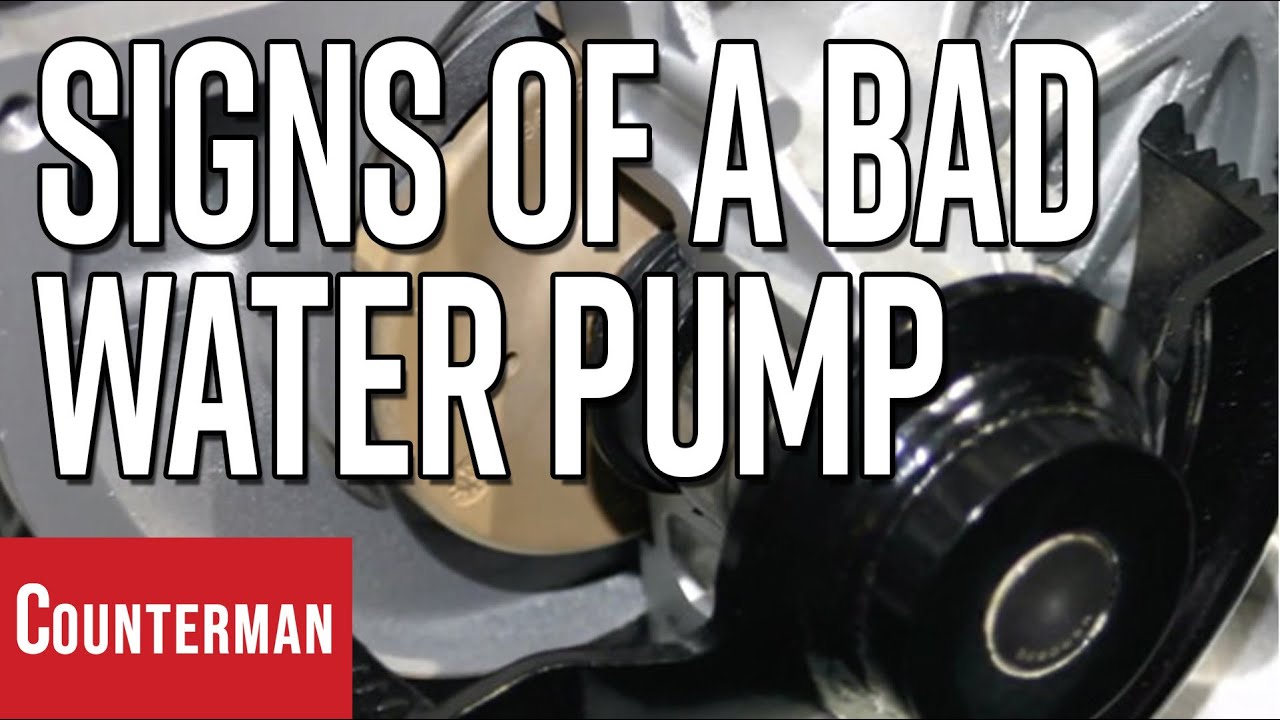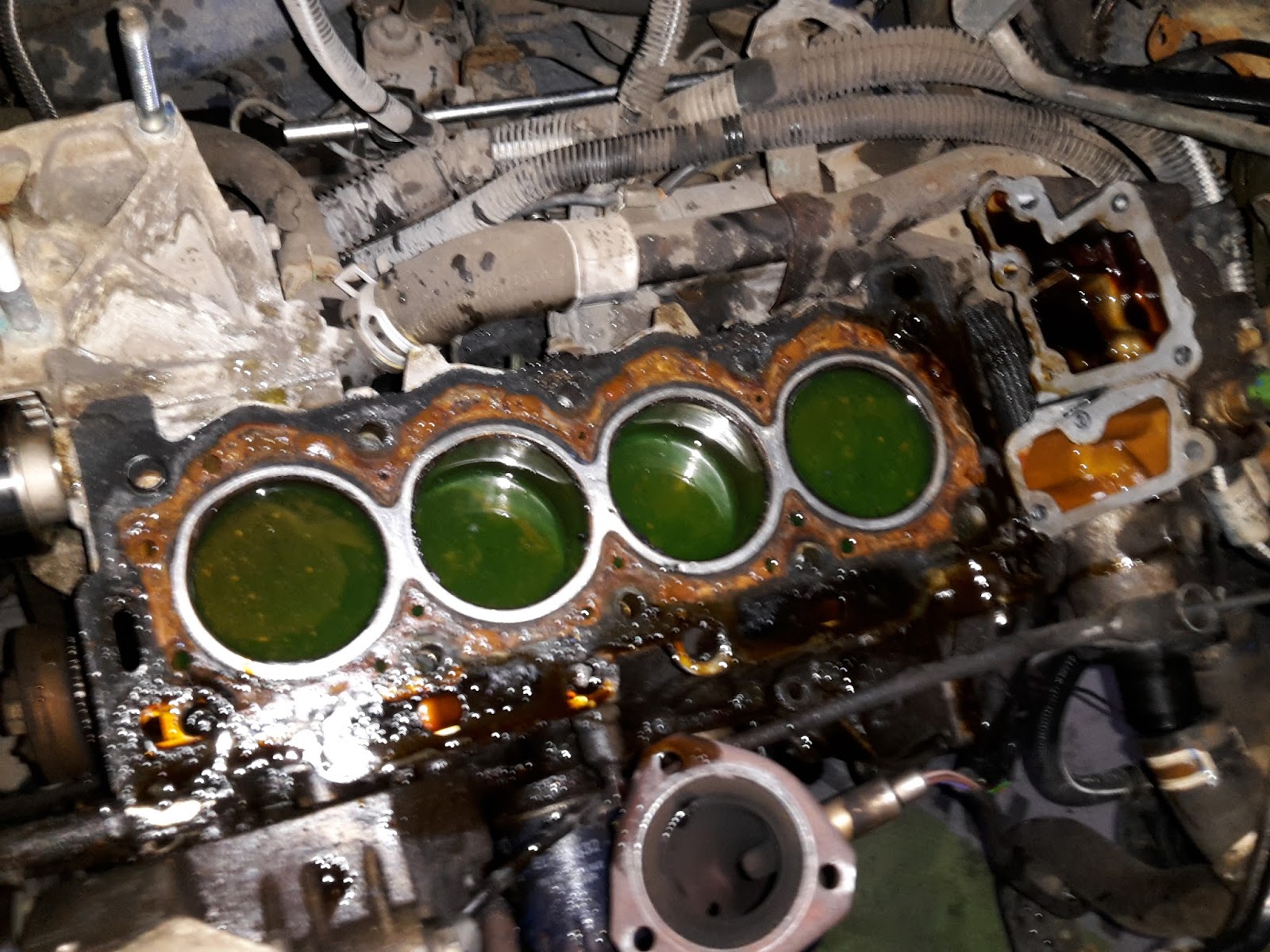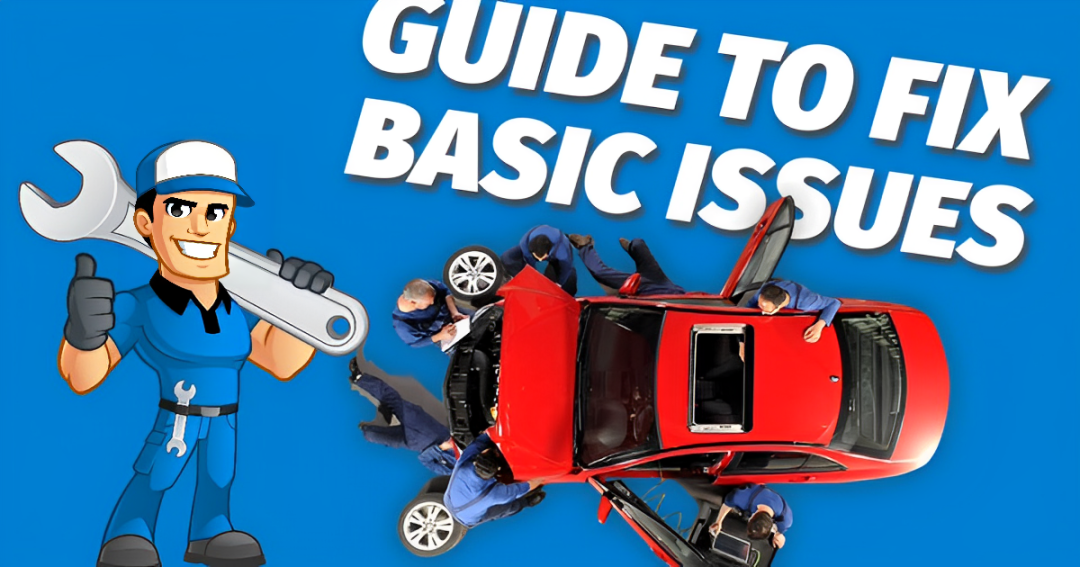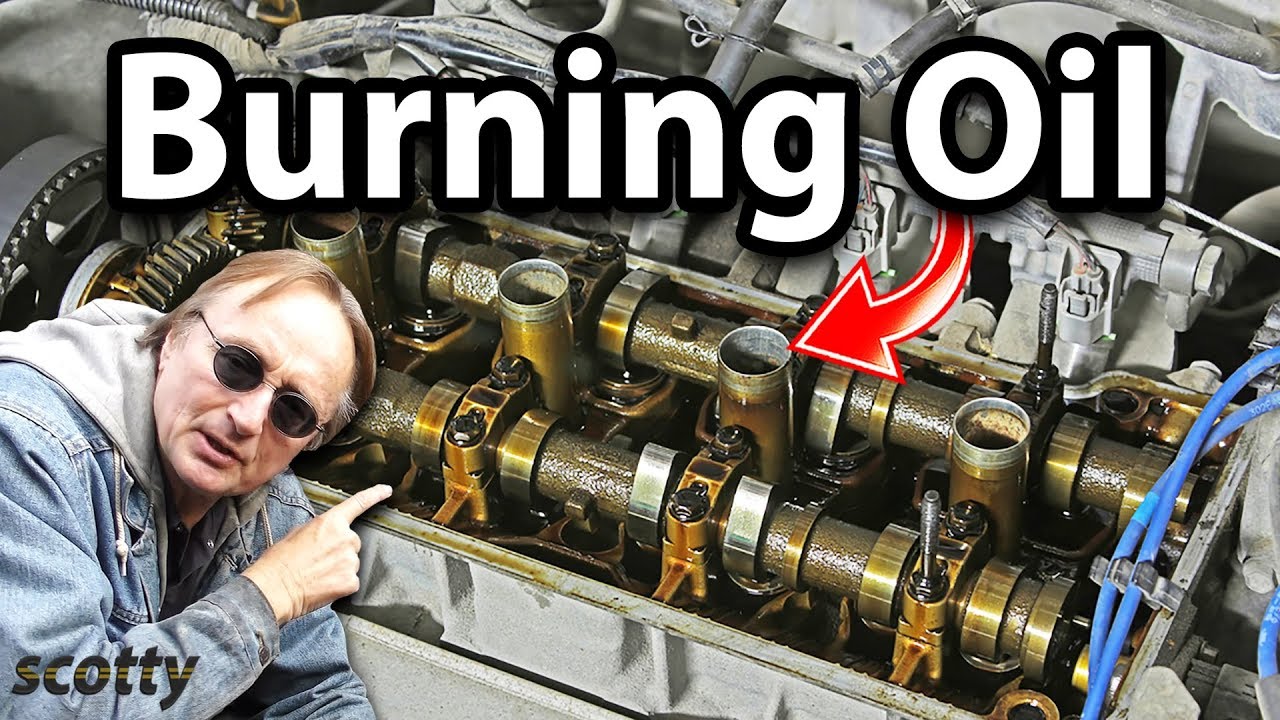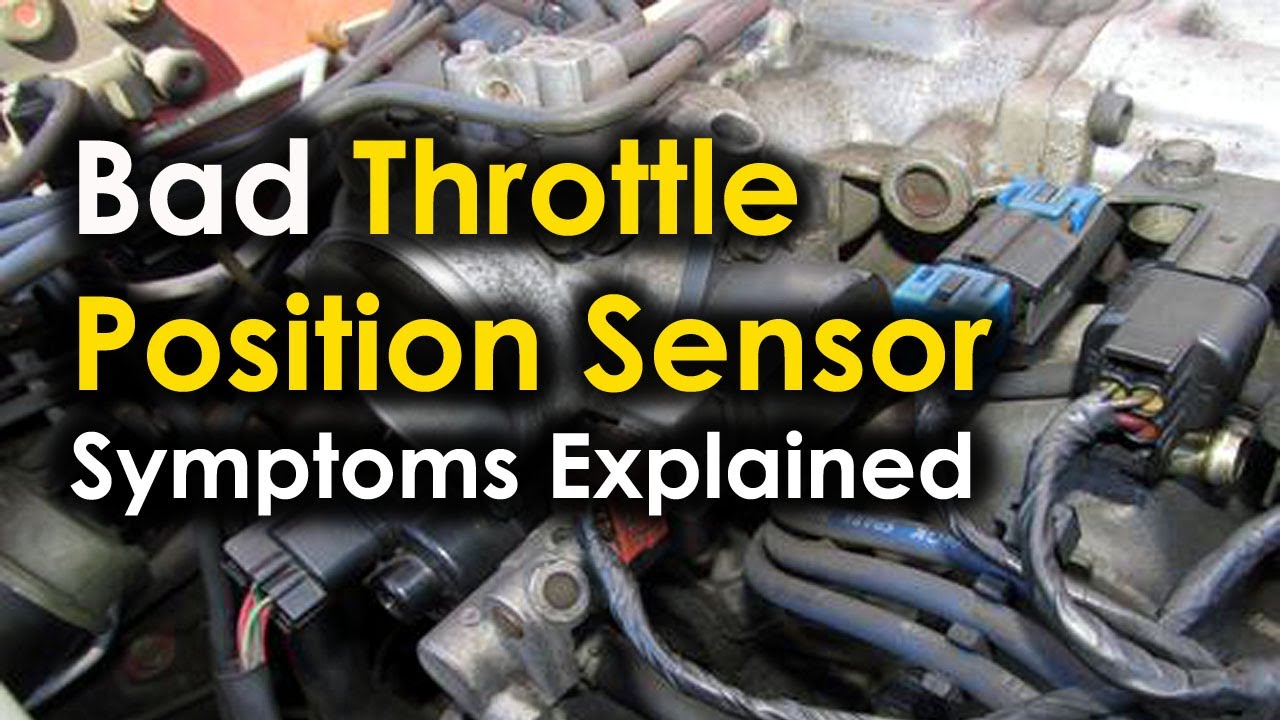Is your car’s engine running hotter than usual or making unusual noises? It might be signaling a failing water pump, a key player in your car’s cooling system. Recognizing the symptoms of a bad water pump is crucial for timely intervention and avoiding costly repairs. Dive into this guide to spot common water pump woes and understand their causes and impacts on your vehicle.
Water is pumped from the radiator through the engine and back again via the water pump. For your car’s engine to stay at the ideal temperature, there must be a continuous flow of coolant from the radiator. If the water pump is functioning correctly, your automobile will keep a stable operating temperature, operate smoothly, and transport you anywhere you need to go. Your car’s water pump may start to fail, which may cause several major engine issues.
Water Pump Location
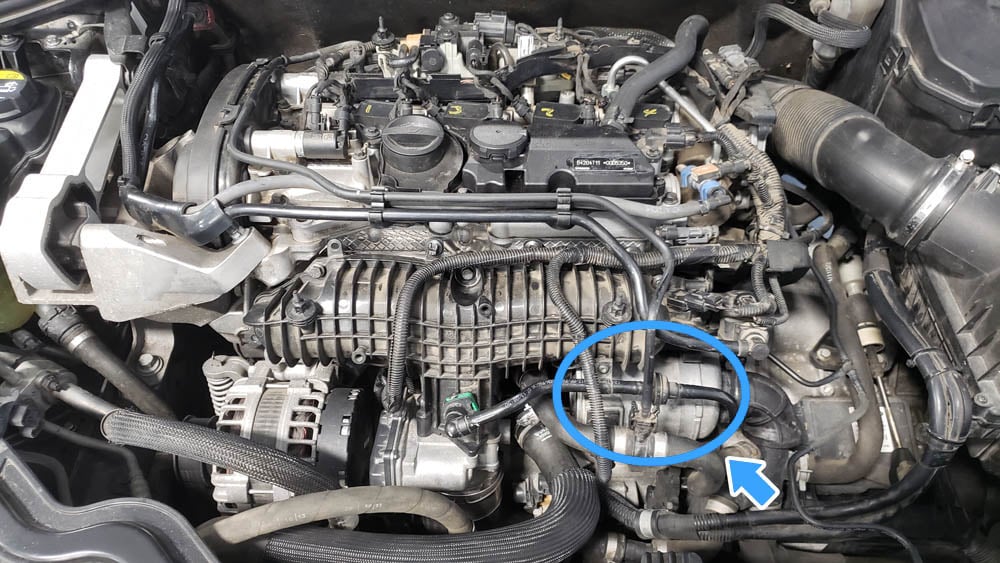
The water pump is always situated next to the serpentine belt, timing belt, or timing chain since it is driven by one of these. This indicates that it is also put in the engine’s front.
It may be hard to see if the timing belt drives the water pump. To view it, you may need to remove several coverings.
You can start by finding the water pump pulley near the serpentine belt. If you are still looking for the water pump pulley, there is a high probability that the timing belt powers it.
Symptoms of a Bad Water Pump
The water pump keeps your engine cold and your cooling system running smoothly. However, a broken or malfunctioning water pump might be fatal to your car. Here are several symptoms of a water pump malfunction that you can quickly diagnose:
Coolant Leaking
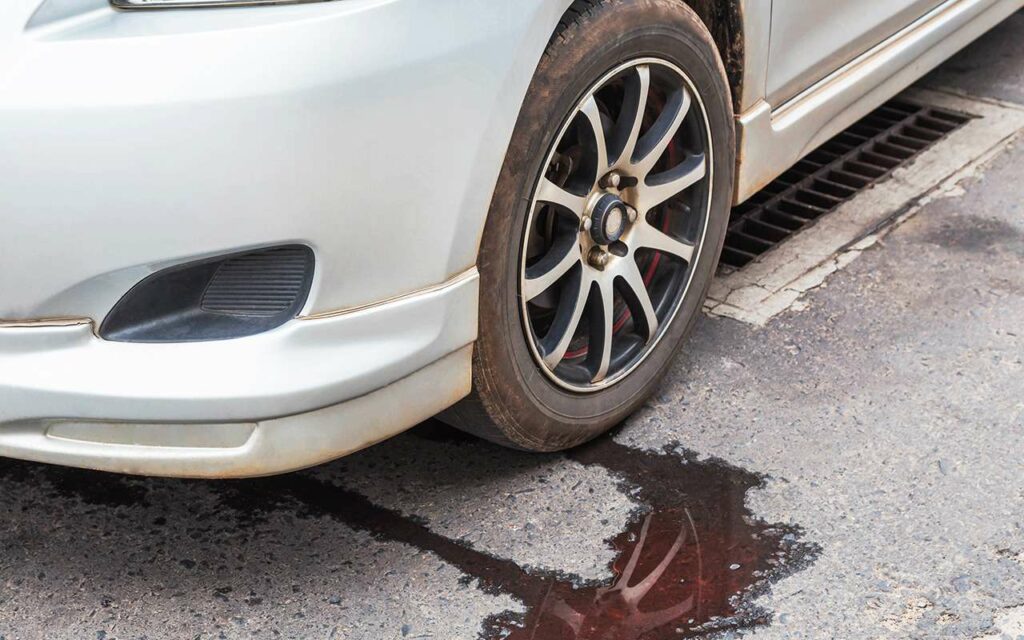
A pool of coolant on the ground where you’ve parked your car is one of the first indications that your water pump may malfunction. The gaskets and seals that make up the pump will ultimately dry out, crack, or break—the coolant Leak from the pump when this occurs.
When your car has been idle for some time, if you notice a pool of orange, green, pink, or blue liquid as you back out of your driveway, take it to a repair shop as soon as possible. Your mechanic can locate the problem, can correct it by replacing the gaskets and seals, which is a simple, minor fix.
Whining Engine Noises
Problems with the location of the pulleys frequently cause a loud noise from the front of the car. This is because when the pump pulls on a weak pulley, it can produce a pretty high-pitched whirring or howling sound. This is typically brought by incorrect pulley positioning or pump bearing issues. Sadly, once the pump’s bearings fail, the component is rendered useless, and you will need to find a replacement water pump.
Rusty Water Pump
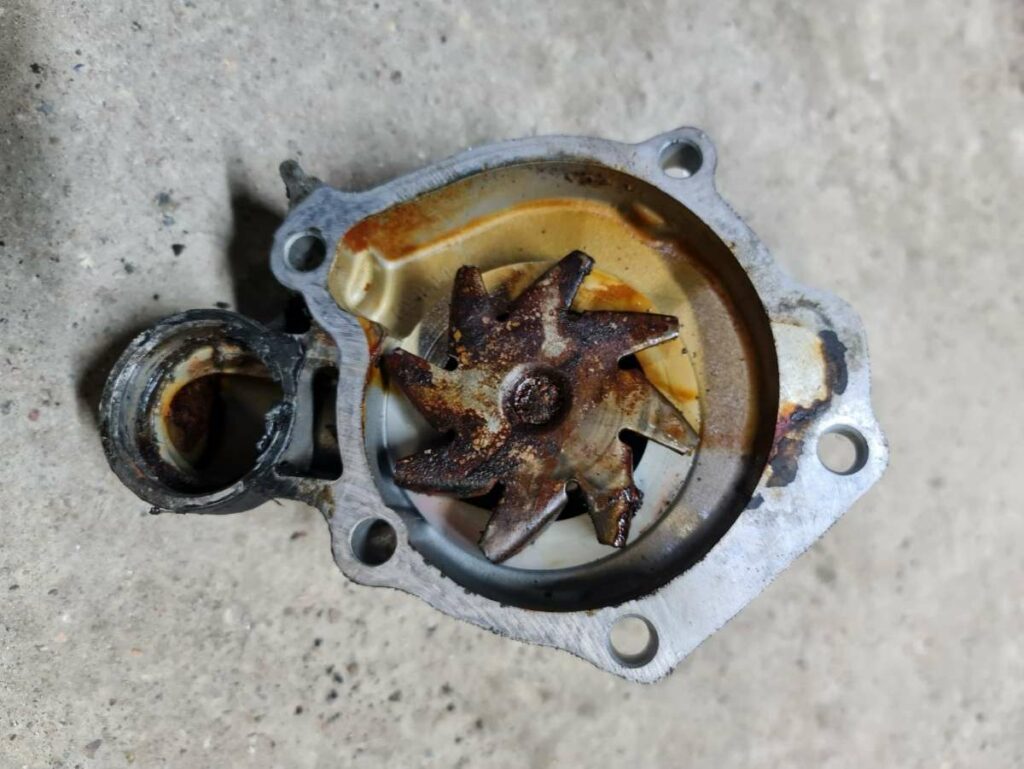
There will be a slow accumulation of crud or rust on the water pump when it has a little leak. This may be brought on by utilizing a coolant incompatible with the system or a faulty pressure cap that admits air into the system. In any case, your pump will start to operate less effectively, eventually leading to total failure.
It’s a good idea to open the hood and check the engine. Instead of waiting for the dreaded “check engine” light to turn on, you can spot issues as they arise. It’s time to have the water pump in your car replaced if you notice any corrosion, pitted spots, or build-up nearby.
Overheating Engine
The primary function of a water pump is to circulate coolant through an engine to cool it down. The engine can overheat if the water pump is unable to perform this. Engine overheating is not a problem that needs to be solved, regardless of the reason. Heat issues can result in broken head gaskets, scorched pistons, and shattered cylinder heads.
Steam comes out from under your hood

When driving and you noticed steam coming from the front of the vehicle, this means engine is overheating. As was mentioned earlier, when the water pump functions appropriately and provides coolant to a functional radiator, the engine will keep a steady temperature. You can go to a safe location and contact a professional immediately if you see steam coming from the front of the engine. Never operate an engine that has overheated.
Water Pump’s Axle lose
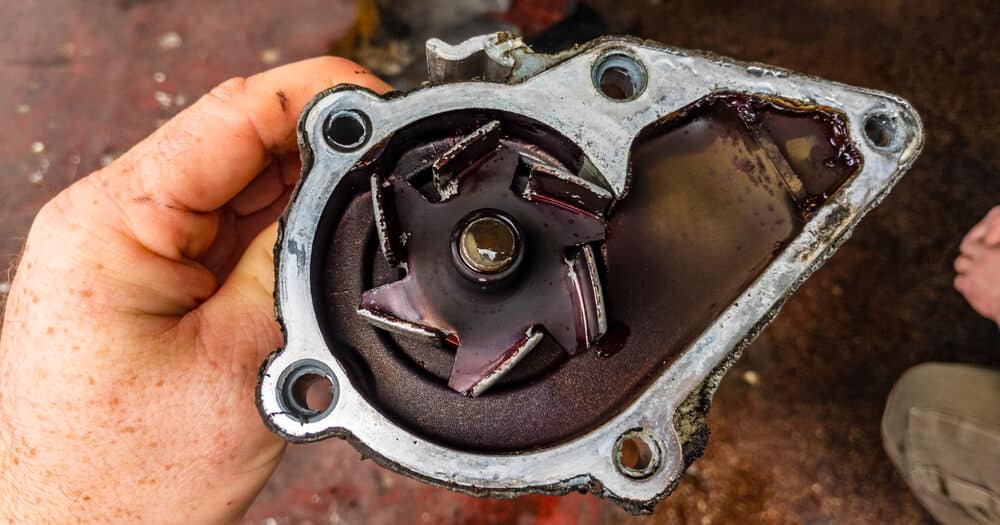
The water pump rotates and pumps coolant under the power of a serpentine or timing belt. A loose belt could result from a worn-out water pump axle. If this occurs, the water pump will need to be replaced entirely. You must take the serpentine or timing belt off to check the water pump’s axle. The axle needs to be replaced immediately if there is any play.
Holes or leakage system on the dry side of the water pump
Lastly, you can see the holes in the water pump due to the formation of bubbles at the coolant inlet of the pump. As the pressure builds, the bubbles explode and cause damage. No matter how well-maintained your car is, your water pump will eventually stop working.
Moreover, the outside seals start to degrade and break with time. If automobile owners even look at the water pump’s dry side, there might be holes. This is one of the symptoms of a malfunctioning water pump. Drivers ought to do this by visiting a mechanic as soon as possible.
Causes of Water Pump Failure
The water pump is vital to your vehicle’s operation. So you should be aware of the underlying causes of water pump failure to take appropriate preventive steps.
Damaged Seal
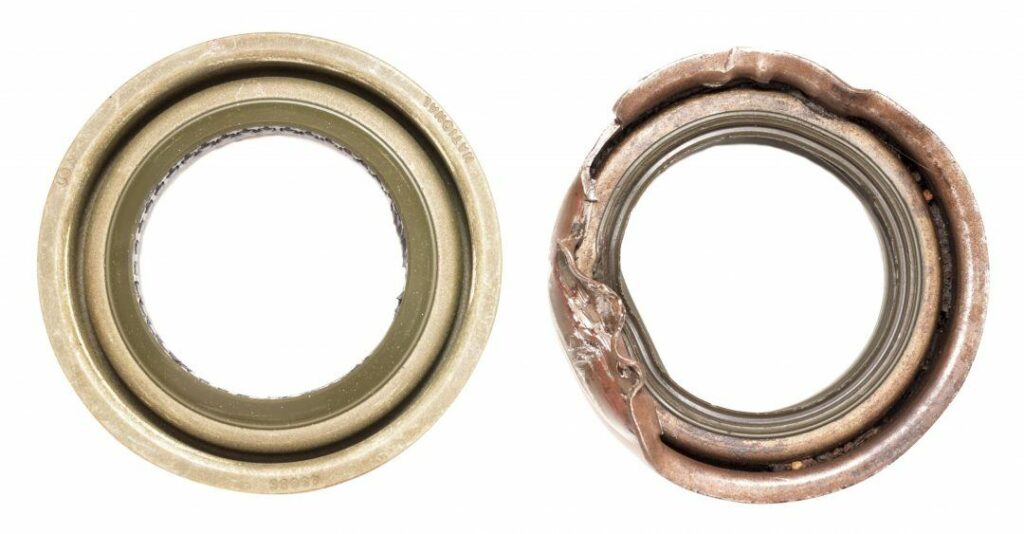
A worn-out or damaged seal might cause coolant to leak or even get contaminated. Your water pump won’t be able to maintain a sufficient flow of coolant as a result, which could cause your engine to overheat.
Misaligned Drive Belt
An overly tight belt places excessive pressure on the water pump’s bearings, causing early failure. The pulley cannot be turned, and coolant cannot be pumped through the engine if the belts are too loose. Hence, if the belt doesn’t fit precisely, the water pump can not work.
Loose Water Pump Pulley
Over time the bearings of the water pump pulley can become loose. This can reduce the pump’s efficiency. The pulley’s unstable condition can also cause the water pump’s impeller to become imbalanced, leading to complete failure.
Worn Out Axle
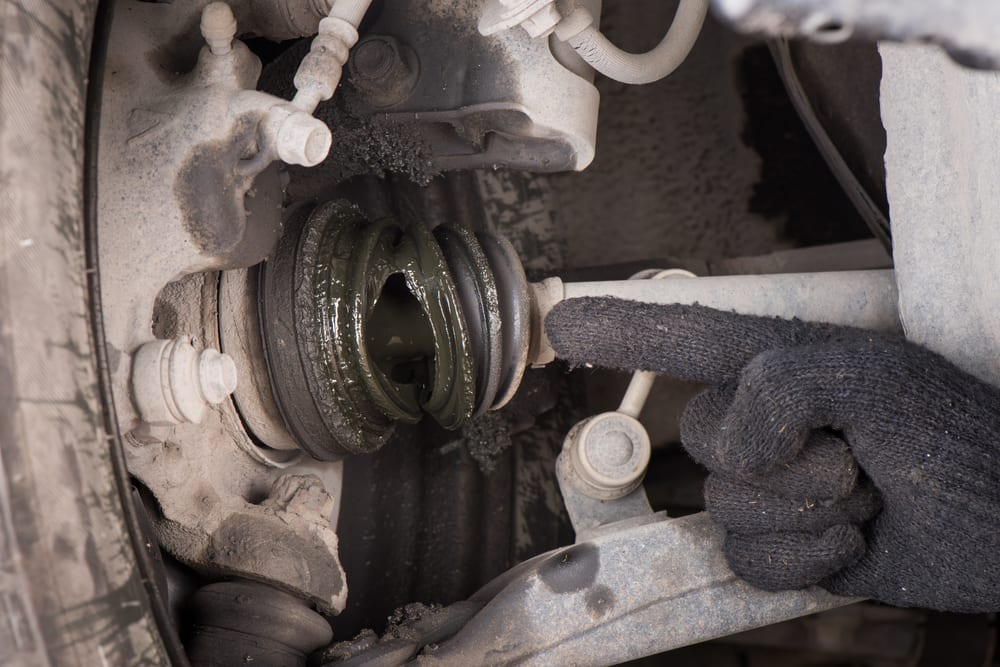
The water pump is powered by the serpentine or timing belt, which allows it to circulate coolant throughout your car’s engine. But, when the water pump axle ages, it may result in a loose belt, impairing its performance and the coolant flow. As a result, you run the danger of having an overheated engine and cylinder head or engine block warping.
You would need to take the serpentine belt off and look for indications of axle damage to confirm. The serpentine belt could be at the front of the engine bay or along one side, depending on your engine. You would also need to remove any top-mounted engine covers.
Corrosion In The Cooling System
Corrosion occurs when the coolant is contaminated by mixing with other fluids or tap water. It creates rust holes in the water pump, making it completely ineffective.
FAQs
Why is it important to replace your car water pump?
The mechanical components of an engine are heated to extremely high temperatures during combustion, and the water pump is precisely this component that allows the cooling circuit to function. The water pump also requires special consideration when the timing belt is changed.
Please do not delay checking your water pump’s functionality often because it is crucial to the longevity of your engine and, by extension, your car.
How can you tell if your water pump is working?
If you don’t hear any noises from the water pump area when the engine is running, the coolant level is sufficient, and the engine temperature is normal, likely the water pump is fine.
What are 3 ways you can tell if a water pump is bad?
Leaking or residue from the front of the engine, overheating, and whining or squealing noises from the engine can indicate a bad water pump.
How do I know if my thermostat or water pump is bad?
If your engine temperature is climbing higher than normal, you see steam from under the hood, or there’s antifreeze leaking from the engine, the thermostat or water pump could be to blame
Conclusion
A failing water pump may exhibit a whining noise or engine overheating symptoms. Unless fixed at the earliest, a water pump problem can cause severe damage to other car components like the head gasket, pistons, and more. On detecting any bad water pump symptoms, get it checked without further delay.
